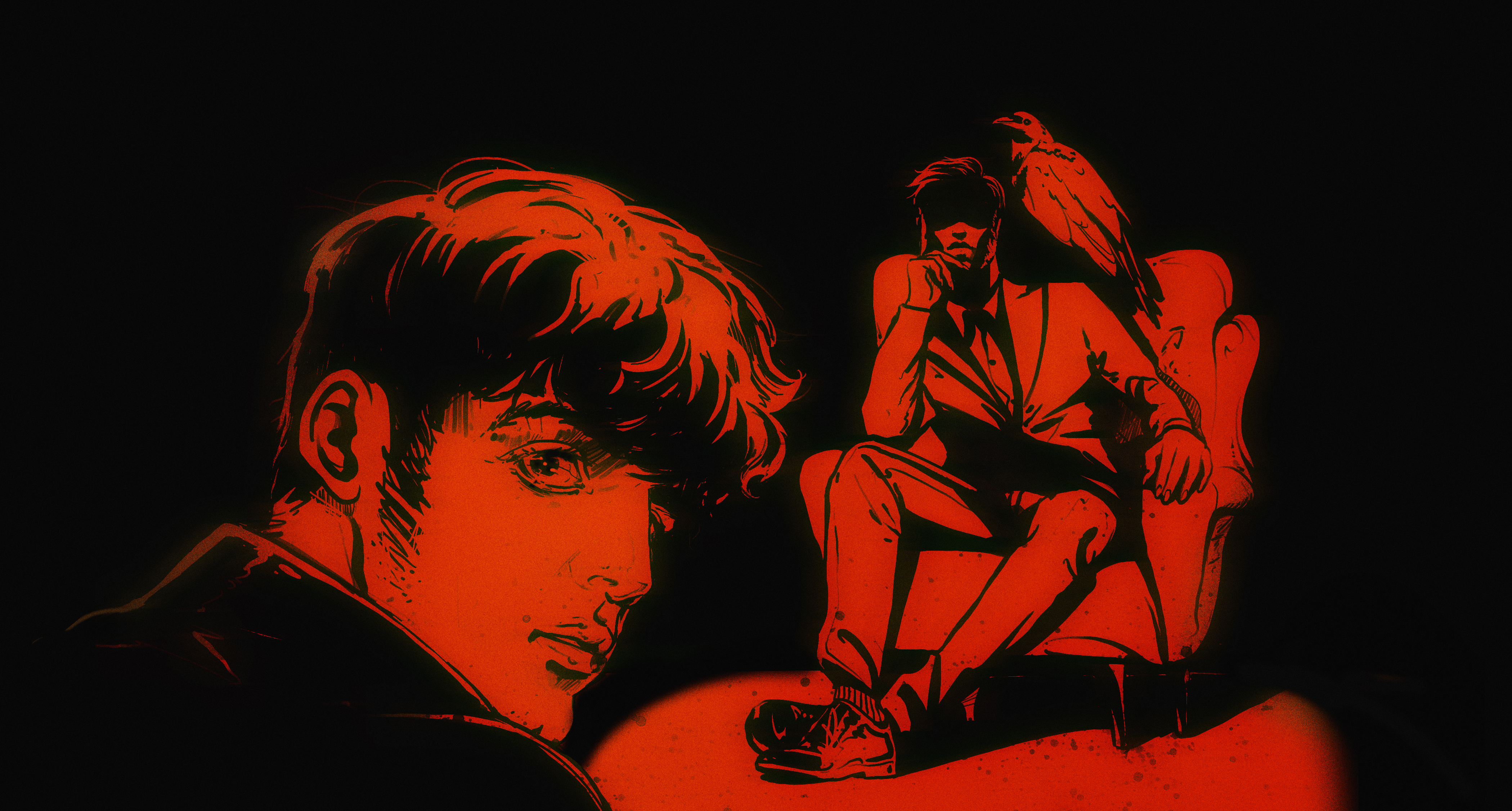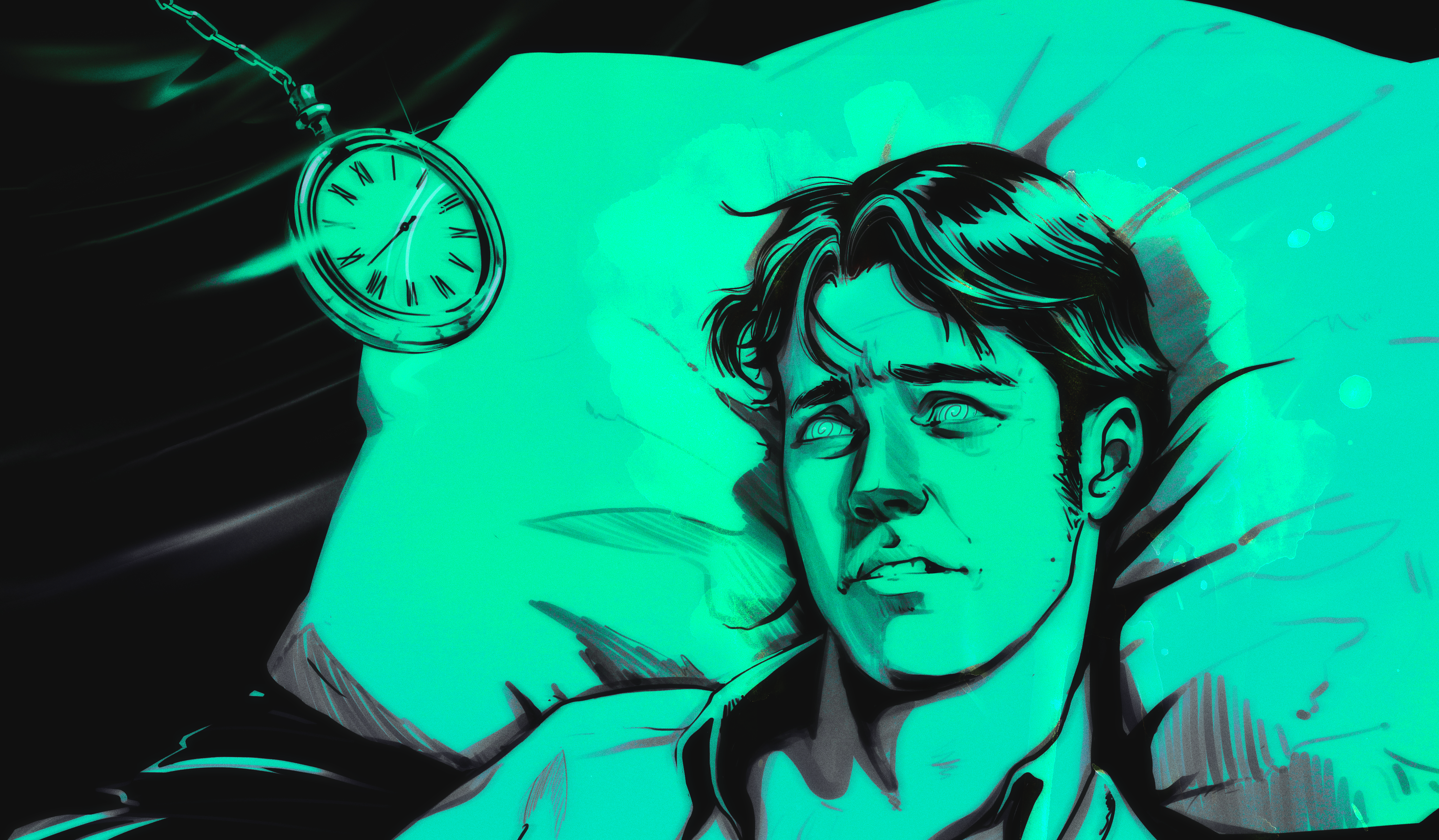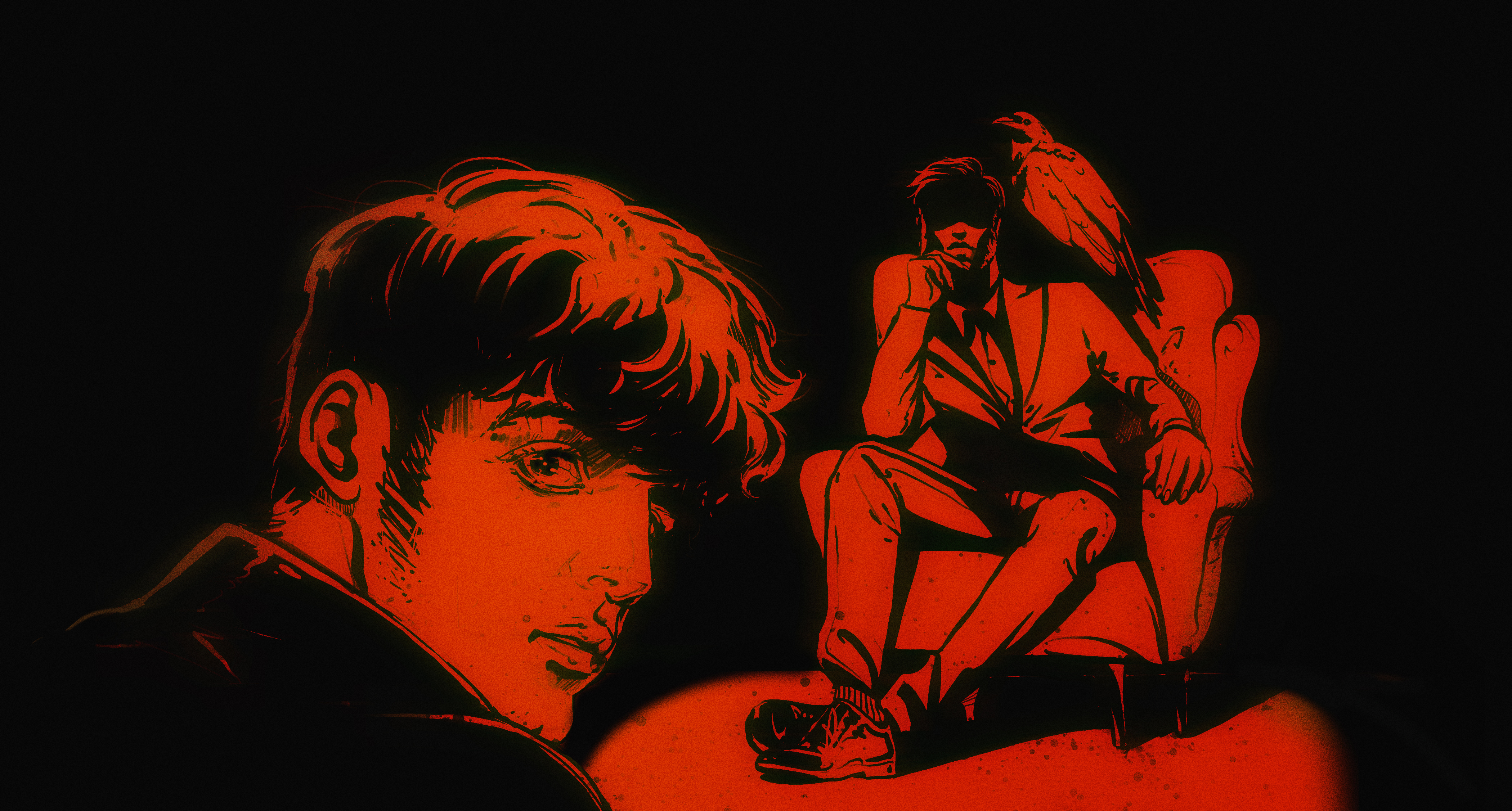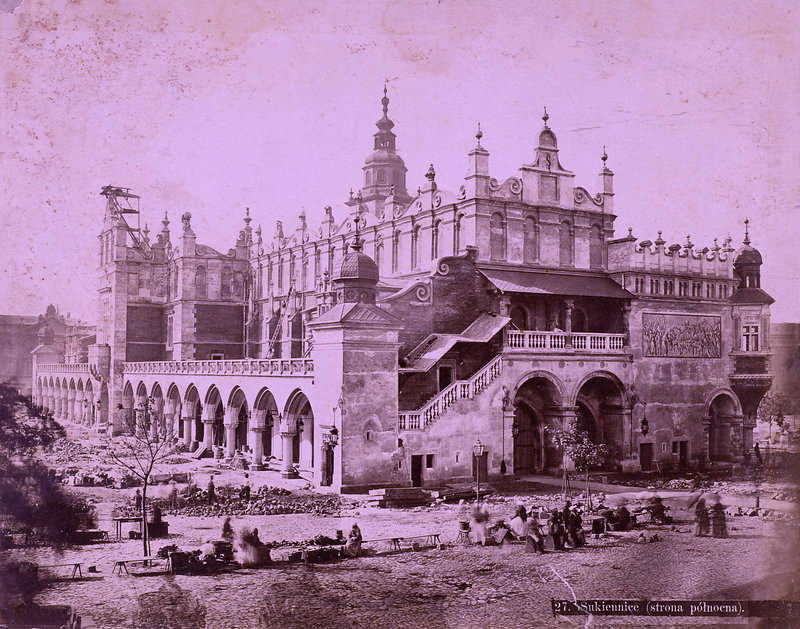
In the Valdemar Questionnaire, we give voice to translators who reflect on their work and role as intermediaries between languages and cultures. In the first instalment of our series, the award-winning translator Antonia Lloyd-Jones takes on Valdemar.
The art of translation is very much about mediating between two very different realities… a task that at times can seem hardly negotiable. This was certainly the case for M. Ernest Valdemar – a fictional character in one of Edgar Allan Poe’s short stories – a resident of Harlem, NY, and, as it happens, a translator of literature (into Polish). Mesmerized at the moment of his death, Valdemar experienced some scary moments as a medium stuck between life and death, before meeting a rather gruesome end. Now, in the Valdemar Questionnaire, we give voice to translators who reflect on their work and role as intermediaries between languages and cultures, and offer comments on the pieces that they have decided to share with the readers of “Przekrój”.
In the first instalment of our series, the award-winning translator Antonia Lloyd-Jones takes on Valdemar.
Why do you translate from Polish?
It’s a fiddly job, but someone has to do it, and I don’t know German.
What part of your job do you like most?
Having a legitimate excuse to spend all day reading books and solving word puzzles.
What part do you hate most?
Suspecting that it’d be easier to teach Polish to everyone who wants to read whatever I’m translating.
Why did you decide to translate Mrs Mohr Goes Missing?
This book has something for everyone: grisly murders, puzzling intrigue, pompous aristocrats, real historical colour, beautiful Kraków, sinister nuns, rude mechanicals, a no-nonsense heroine, and plenty of good jokes.
What was the most difficult moment in translating this book?
Trying to forget the horrific description of the (real) Galician Slaughter of 1846, which features at one point in gory detail.
What one word will you remember from the book?
Skrofuliczny – meaning scrofulous. The heroine organizes a charity raffle for the benefit of scrofulous children.
What is your favourite sentence in the book?
“Just then Antosia began to serve the catfish, but, unabashed, Zofia mercilessly carried on.” It’s like the caption for a Glen Baxter cartoon.
What is the most difficult thing in translating from Polish?
Trying to persuade English, with its limitations – including a more rigid word order and no inflections – to reproduce the elegance of Polish. Though English compensates with lots of tenses and a huge vocabulary.
What would you compare the act of translation to?
It’s like performing a major organ transplant – the patient must be able to get up and walk away from the operating table at the end of the procedure.
Do you sometimes feel like a medium? (Valdemar wants to know)
I don’t just feel like one, I am one. When I was translating Inhuman Land, the lanky ghost of Józef Czapski appeared, leaned over me, and said: “Why on Earth are you doing that?”
What does a good translation sound like?
It sounds totally different from the original, while also sounding identical.
What is the one sentence that you’d never like to translate?
Any sentence from The Longest Trail, Bogusław Borpańzowski’s 14-volume saga of 16th-century rural life in the province of Żmudź.
Is everything translatable?
If by translatable you mean the Polish word tłumaczalny – explicable, interpretable, expressible – then yes, everything is translatable. Or nothing is translatable.
Which book would you like to translate most?
It doesn’t actually exist, but I am working on bringing it to life: my own selection of stories by Jarosław Iwaszkiewicz.
What is your favourite occupation (translation excluded)?
Going for long walks, which is a requisite activity for translating puns and rhyming verse – the best ideas come along the way.
What is your idea of a translator’s perfect happiness?
A large gin and tonic at the end of a productive day.
What is the quality you most like in a translation?
Its magical ability to make my world bigger and richer.
What do you consider the most overrated virtue in translation?
Having qualifications in translation theory. Practice is the best way to study translation.
Who is your favourite fictional hero?
Alice, in Alice in Wonderland and Through the Looking Glass by Lewis Carroll, among the first books I ever read. Alice has to contend with topsy-turvy logic, things that aren’t what they appear to be, and precise wording that doesn’t always make sense – she was clearly an early inspiration for me.
If you were to die and come back as a person (but not a translator) or a thing, what would it be? (Valdemar wants to know…)
A cat belonging to any member of my own family – I’d be worshipped, pampered, and I’d always get my own way.
Antonia Lloyd-Jones:
An award-winning translator and indefatigable promoter of Polish literature in translation. She has translated, among others, books by the Nobel Prize winner Olga Tokarczuk, Paweł Huelle, Józef Czapski, Jacek Dehnel, Wojciech Jagielski, Mariusz Szczygieł, and poet Tadeusz Dąbrowski. Lloyd-Jones’s recent translations include Maryla Szymiczkowa’s Mrs Mohr Goes Missing (2019) and Olga Tokarczuk’s Drive Your Plow Over the Bones of the Dead (2018). Her latest translation is Witold Szabłowski’s How to Feed a Dictator (2020).









